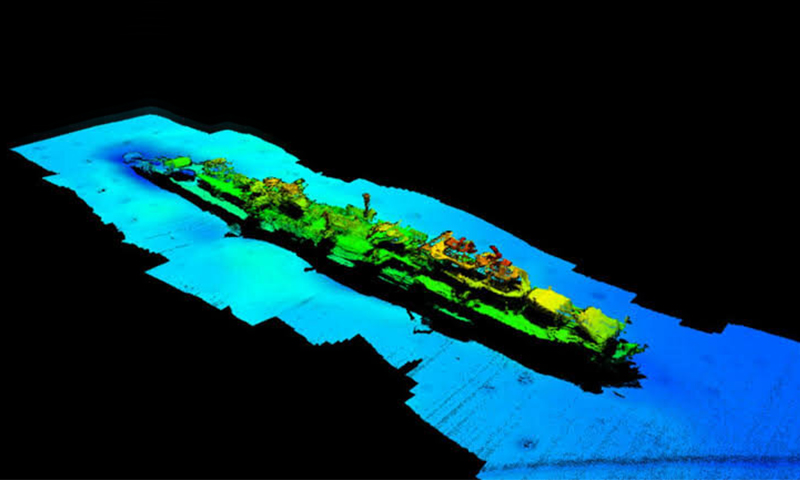The ocean hides so many secrets and mysteries that researchers and archaeologists can’t help but be fascinated by it. A marine archaeologist discovered the most intriguing ship in the ocean world. According to the marine archaeologist and power grid operator Statnett, the wreckage of a German warship that sank on the coast of Norway around 80 years ago at the time of World War II has been discovered. Sonar scans of the hull of the ship and its images helped the scientists to come to their conclusion. Furthermore, details such as the position of the gun turrets aided in identification. You’d be surprised to learn that the cruiser Karlsruhe was first detected about 15 meters from a subsea power cable in 2017.
According to the images taken by Statnett and his partners, the ship was built around the 1920s and also fitted with a Nazi Swastika. Scientists believe that the ship was a part of the German force that invaded Norway in April 1940. The 174-meter long ship was probably struck by the British submarine torpedo while it was returning from the southern Norwegian port of Kristiansand. Researchers further claim that after the Germans evacuated the ship, they probably sunk it themselves.
The ship was found resting upright on the seabed at a depth of nearly 490 meters or 13 nautical miles from the sea coast. The Norwegian Maritime Museum archaeologist and researcher Frode Kvaloe said in a statement, “You can find Karlsruhe’s fate in history books, but no one has known exactly where the ship sunk.” Statnett also said that had the authorities known about the location of the wreckage at the time of the construction of the subsea power level that connects Norway and Denmark, they would’ve laid it further away from the coast.
The Nazis invaded Norway in April 1940, forcing the Norwegian government to flee to Britain. The government was exiled there until Germany’s capitulation in 1945. Well, this incident certainly teaches us that history never dies. It always finds its way back to the present.







